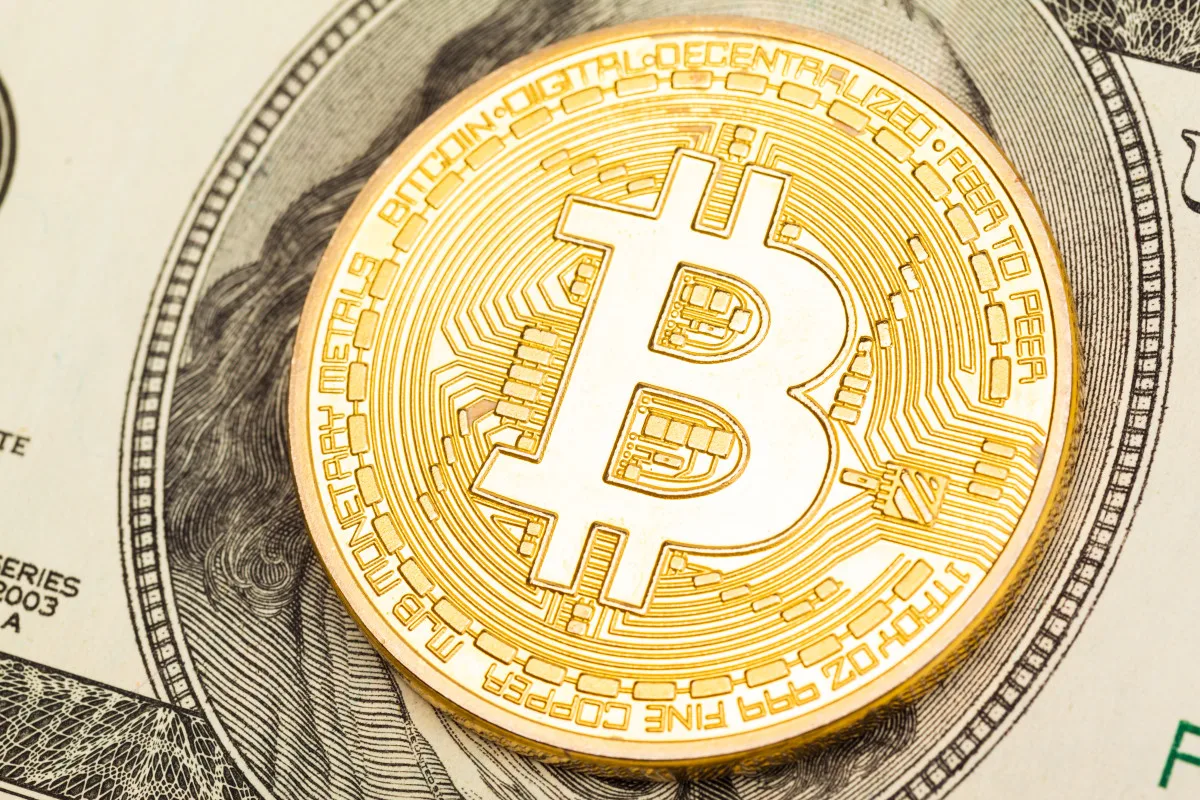Japan’s new Prime Minister, Shigeru Ishiba, has been in the spotlight for his forward-thinking views on the blockchain, Web3, and NFT industry. While he also supports continuing with rate hikes, his optimism towards blockchain technology and NFTs is seen as a potential catalyst for regional economic growth in Japan.
Shigeru Ishiba’s Vision for Japan’s Blockchain and NFT Industry
Prime Minister Shigeru Ishiba has articulated his bullish stance on blockchain and NFTs through official documents from Ishiba’s office. This approach resonates with the initiatives advocated by various crypto advocacy groups, calling for the expansion of decentralized autonomous organizations (DAOs) and NFTs to revive rural economies.
Ishiba’s “Regional Revitalization 2.0” strategy seeks to mitigate the over-concentration of businesses in Tokyo by leveraging blockchain and NFTs. He states:
“Utilizing blockchain technology and NFTs, we will revalue and maximize the value of various analog aspects of local areas, such as food and tourism experiences, on a global scale.”
Ishiba has appointed Masaaki Taira, the current head of the LDP’s Web3 task force, as the new Minister of Digital Affairs. Taira has developed plans to integrate Japanese intellectual property (IP) with NFTs, extending their reach globally.
Boosting Crypto Startups and Japan’s Financial Policies
Masaaki Taira has also proposed reforms to Japan’s tax system to support crypto startups. Speaking at a recent Web 3.0 conference, he highlighted: “When Japanese startup companies hold and issue tokens that are not as well-known as Bitcoin, accounting firms find it challenging to conduct proper audits. This remains a major issue.”
Regarding broader financial policies, previous market analyses indicate that Prime Minister Shigeru Ishiba is inclined to maintain the Bank of Japan’s (BOJ) strategy of increasing interest rates. This move is supported by positive business sentiment within the country.
According to the BOJ’s quarterly Tankan survey, the sentiment index for Japan’s large manufacturers remained steady at 13 in September, while for non-manufacturers, it improved to 34. Economists had predicted a dip to 12 for manufacturers and 32 for the service sector.
The BOJ board is set to announce its next policy decision on October 31. However, external factors such as upcoming elections in the US and Japan could delay any rate hikes. Atsushi Takeda, chief economist at Itochu Research Institute, remarks:
“Today’s Tankan report confirmed a recovery in demand, which is the starting point of a virtuous cycle. Businesses maintained their price outlook, indicating no major obstacles for the BOJ to raise interest rates at this point.”
Disclaimer: The content presented reflects the author’s personal opinion and is influenced by market conditions. Conduct your research before making any investment in cryptocurrencies. The author or the publication bears no responsibility for your financial loss.
Discover more from Make Money Online and Work From Anywhere
Subscribe to get the latest posts sent to your email.



![3 Simple Steps to Craft Your Brand Promise [With Examples]](https://i0.wp.com/proprofit.co.uk/wp-content/uploads/2024/10/brand-promise-1-20240926-7059896.webp.webp?resize=598%2C398&ssl=1)

✓ Share: